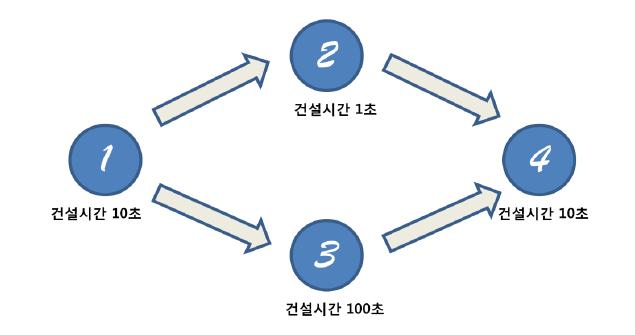[Linux] Custom Signal을 만드는 방법
Custom Signal Handler를 만들어서 사용하는 방법에 대해서 알아본다.
시그널의 종류
Sigaction을 사용하여 Custom Signal Handler 등록하기
1
2
3
4
5
6
7
8
9
10
11
12
13
14
15
16
17
18
19
20
21
22
23
24
25
26
27
28
29
30
#include <signal.h>
#include <stdlib.h>
#include <stdio.h>
#include <unistd.h>
void handler(int signo, siginfo_t *info, void *context)
{
struct sigaction oldact;
if (sigaction(SIGSEGV, NULL, &oldact) == -1 || (oldact.sa_flags & SA_UNSUPPORTED) || !(oldact.sa_flags & SA_EXPOSE_TAGBITS))
{
_exit(EXIT_FAILURE);
}
_exit(EXIT_SUCCESS);
}
int main(void)
{
struct sigaction act = { 0 };
act.sa_flags = SA_SIGINFO | SA_UNSUPPORTED | SA_EXPOSE_TAGBITS;
act.sa_sigaction = &handler;
if (sigaction(SIGSEGV, &act, NULL) == -1)
{
perror("sigaction");
exit(EXIT_FAILURE);
}
raise(SIGSEGV);
}





Comments